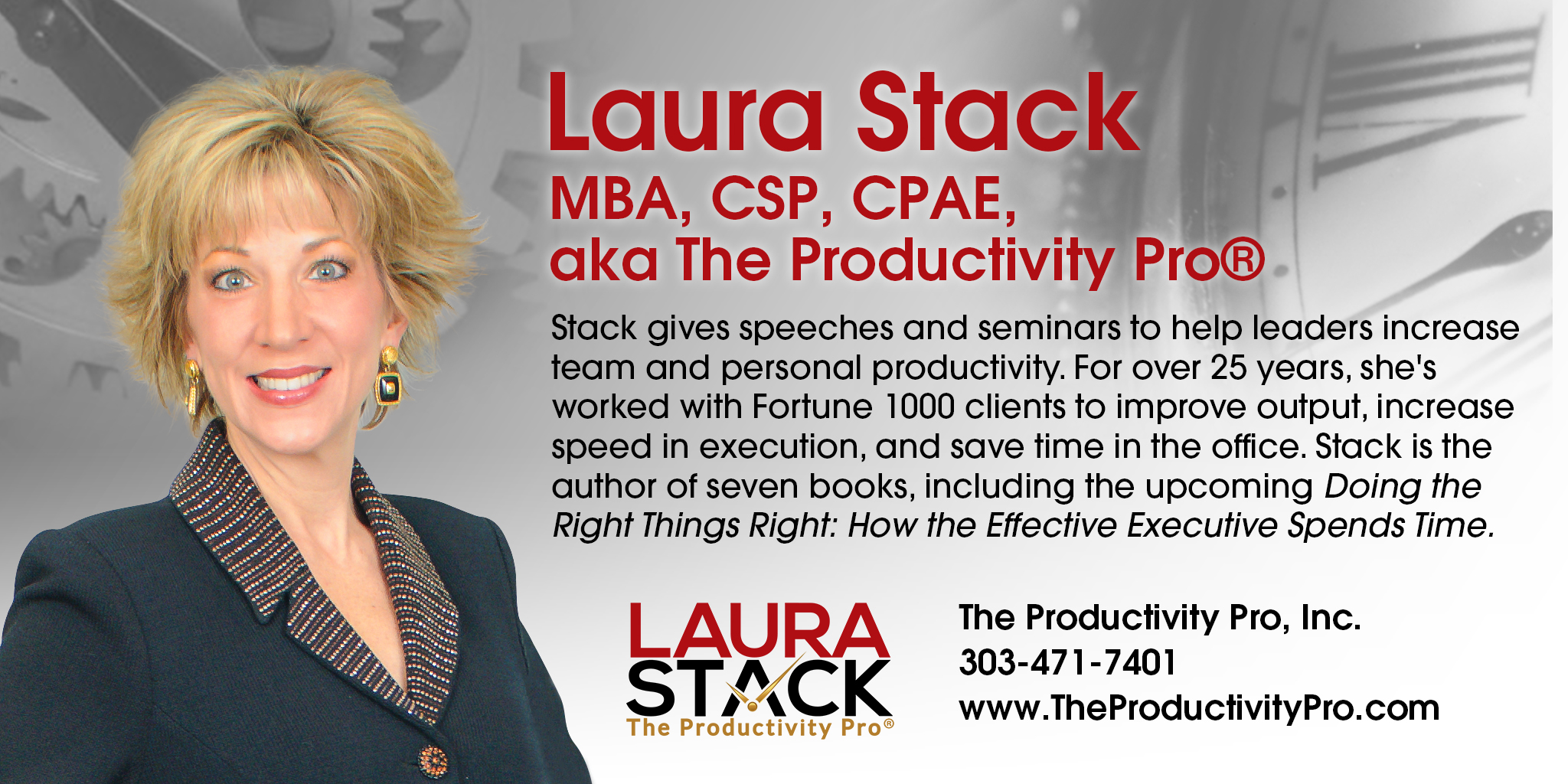Focus your attention to laser sharpness
Did you know that lasers work by precisely lining up light waves and sending them all in the same direction at once? Normally, light bounces around randomly; but when forced to follow the same path, it can do anything from making a little dot on the wall that drives cats crazy to reading information off a DVD—or even punching through steel. Physicists call lining up light in this way coherence.
Light is a form of electromagnetic radiation. So is the energy that crackles down your nerves and through your brain. How can you achieve coherence mentally, so you can not only think more effectively, but also train your focus to laser sharpness? Here are some thoughts.
Metacognition
Training yourself to focus begins with understanding the cognitive and behavioral weaknesses hampering your productivity. Tight focus begins with thinking about how you think—a process psychologists call “metacognition.” You have to understand how your own mental processes work before you can harness them effectively. Sit down and list the strengths and weaknesses of your thinking processes. If you’re tenacious, write that down. If you have problems staying off the Internet or losing interest in work easily, make a note of it.
Be brutally honest, because you can’t fix something until you admit the problem. If you’re not sure why you’re unable to focus, measure it in some way. Each of my books starts with a self-assessment to determine how well the reader handles particular aspects of his or her work or life on a Likert scale of 1 to 5. Once you have a series of issues in hand, go to work on fixing them.
“Single-tasking”
Probably the worst hindrance to productivity since the development of desktop computers has been the assumption that we humans, like our favorite machines, can multitask. But humans don’t use silicon to think with, and while our brains are remarkably flexible, they can’t run anywhere near the number of calculations per second a decent computer can. Only a few percent of us, at best, can effectively multitask, and even then computers do it better.
There are various reasons for this, some having to do with the way we process mental information. Every time you change a task, you must wipe the existing data in your “brain cache” and overwrite it with data for the new task. Then you have to refocus your attention on the new task. You can’t just flip back and forth between writing an article, filling out a spreadsheet, and answering emails one after the other without losing some concentration.
Unless you know for sure you’re one of the rare individuals who can multitask, don’t even try. Single-task instead: get in the groove on one task at a time, and focus on it intently until you either complete it or have to move on to something else. Then transition to the next item and work on it exclusively. Repeat until you’re done with your workday. Most of us accomplish much more that way than by trying to multitask, since human brains excel at single-minded concentration.
Eliminating distractions
Interruptions and distractions break our focus, lay waste to our schedules, and disrupt our to-do lists. But they’re inevitable when you work in an office, so how do you avoid or work through them?
Honestly, it depends on your position and if your title comes with a door. Managers can generally close the office door to cut out noise-based distractions—rank hath its privileges. However, most people have to listen to a coworker blasting “Welcome to the Jungle” or someone’s ringing phone.
Internal Distractions may do more harm than external ones. The siren-song of the Internet, the desire to stay current with your social media, answering the phone every time it rings, and popping open your email whenever it pings are among the most obvious productivity killers. They require nothing less than strict self-discipline to conquer, a process that can take months or years to perfect. You can try to control yourself but turning off all incoming alerts and notifications; however, many of us need unrestricted Internet access to do our jobs right.
External Distractions are those others impose on you. Try using earphones with noise-canceling features to listen to calming ambient sound or music. If you choose music, keep it low and don’t play songs you like to sing. Meanwhile, let calls roll over to voicemail when you’re busy, and check emails at intervals when it’s convenient, rather than all day long.
As far as discouraging drop-ins, just wearing earphones will deter some people. For the rest, leave a note on your doorway or block it with a piece of string or some other minor barrier when you have a deadline and can’t afford distractions. One of my clients wears a red baseball cap when he’s in a crunch, having already alerted everyone on his team about his signal.
If nothing else works, vacate the premises briefly in favor of an empty conference room, a quiet courtyard, or some other place you can hear yourself think. Some companies provide private workrooms for small groups or introverts; take advantage of them. It’s not a permanent fix, but nothing is when it comes to distraction—besides locking yourself in your house. Since that won’t work for most of us, you’ll have to find other ways to accommodate the reality of distractions.
Taking matters into your own hands
Achieving laser focus is no accident—and no one will do it for you. It’s up to you to learn the techniques and to eliminate distractions. Take the necessary time to do the research (ideally, when you’re away from the bustle of the office), develop a plan, and start implementing it. This will quickly pay off, because few things prove more useful in the workplace than concentration. When you become a master of focus, you’ll get greater results in less time and get out of the office on time.
Photo: Flickr / Quasic CC BY 2.0


